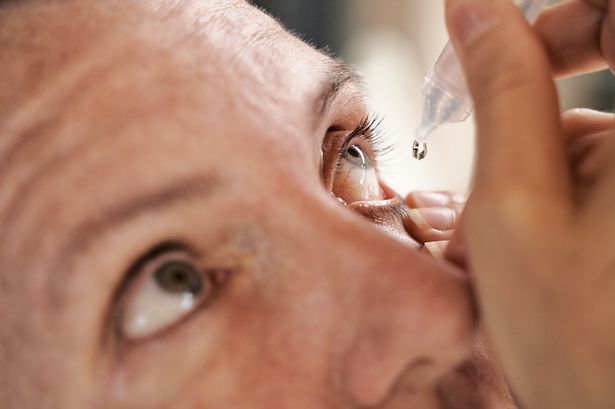The seemingly innocuous act of occasionally forgetting to remove contact lenses, often dismissed as a minor inconvenience, can harbor significant risks to ocular health. While the occasional overnight slip-up might not cause immediate harm, repeated or prolonged periods of continuous wear, beyond the prescribed duration, create an environment ripe for complications ranging from discomfort and irritation to severe infections that can permanently impair vision. The protective barrier provided by the cornea, the eye’s outermost layer, becomes compromised when contact lenses are left in for extended periods, disrupting the normal flow of oxygen and nutrients essential for its health. This vulnerability, coupled with the potential build-up of debris and bacteria beneath the lens, elevates the risk of infections, inflammation, and ultimately, corneal damage.
The warning issued by opticians underscores the importance of adhering to prescribed wear schedules and emphasizes the potential consequences of neglecting proper contact lens hygiene. Contact lenses, while offering a convenient alternative to eyeglasses, are medical devices that require diligent care and responsible usage. Overwearing lenses, even by a few hours, deprives the cornea of essential oxygen, potentially leading to corneal neovascularization, a condition where blood vessels grow into the cornea, clouding vision. Furthermore, the extended presence of a foreign object on the eye’s surface disrupts the tear film, which normally lubricates and protects the cornea. This disruption can lead to dry eye syndrome, characterized by discomfort, redness, and a gritty sensation. In more severe cases, corneal ulcers, painful open sores on the cornea, can develop, increasing the risk of scarring and vision loss.
The risks associated with forgetting to remove contact lenses are not limited to infrequent occurrences. Habitually leaving lenses in overnight or extending their wear beyond the recommended duration significantly exacerbates these risks. The dark, closed-eye environment during sleep further restricts oxygen flow to the cornea, creating an ideal breeding ground for bacteria. The accumulation of protein deposits and other debris on the lens surface also increases, further contributing to irritation and inflammation. This cumulative effect of prolonged lens wear can lead to a condition called contact lens-induced peripheral ulcers (CLPU), characterized by small ulcers at the edge of the cornea. While CLPU can often be treated with antibiotic eye drops, severe cases can necessitate more aggressive interventions and may result in permanent corneal scarring.
Beyond the immediate discomfort and potential for infection, the long-term consequences of neglecting proper contact lens hygiene can be severe. Repeated episodes of inflammation and corneal damage can weaken the cornea’s structural integrity, making it more susceptible to future complications. This can lead to chronic dry eye, persistent discomfort, and a decreased tolerance for contact lens wear. In extreme cases, neglecting proper contact lens hygiene can even lead to the development of Acanthamoeba keratitis, a rare but serious infection caused by a free-living amoeba commonly found in water sources. This infection can be extremely difficult to treat and can result in permanent vision loss or even the need for a corneal transplant.
The preventative measures are straightforward yet crucial for maintaining healthy eyes while wearing contact lenses. Strict adherence to the prescribed wearing schedule, as determined by an eye care professional, is paramount. This includes removing lenses before sleeping, even for short naps, and adhering to the recommended replacement schedule for both the lenses and the lens case. Proper hand hygiene is essential before handling contact lenses to minimize the transfer of bacteria to the eyes. Thoroughly cleaning and disinfecting lenses using the recommended solutions, as instructed by an eye care professional, removes debris and kills harmful microorganisms, reducing the risk of infection. Regular eye examinations are also vital for early detection and management of any potential complications.
In conclusion, the seemingly minor act of forgetting to remove contact lenses can have significant repercussions for eye health. While occasional oversights might not cause immediate harm, repeated or prolonged periods of continuous wear increase the risk of complications ranging from discomfort and dryness to severe infections that can threaten vision. Adhering to prescribed wearing schedules, practicing proper lens hygiene, and undergoing regular eye examinations are essential for mitigating these risks and maintaining healthy vision. Contact lenses are a valuable tool for vision correction, but their safe and effective use hinges on responsible practices and diligent care. By understanding and addressing the potential dangers of overwearing contact lenses, individuals can safeguard their eye health and enjoy the benefits of clear vision without compromising their long-term ocular well-being.














